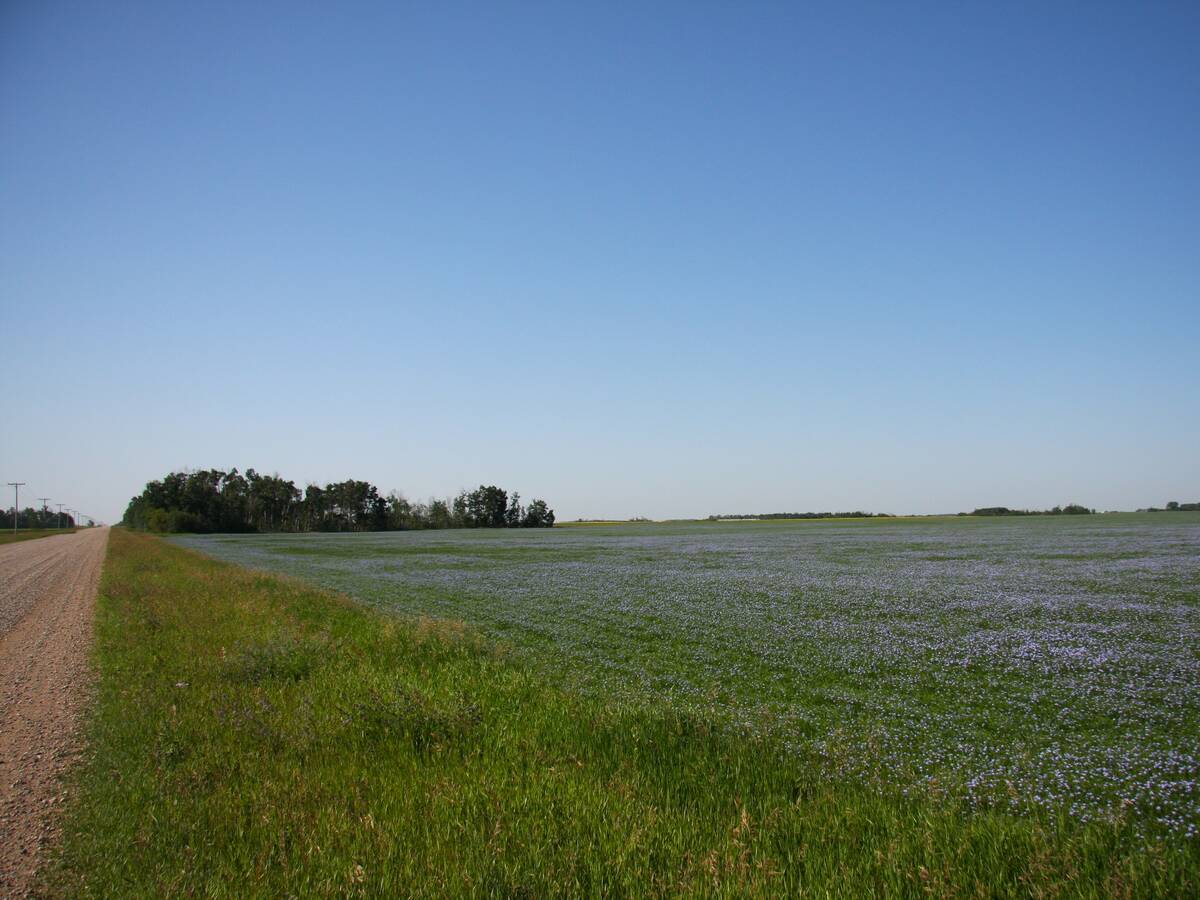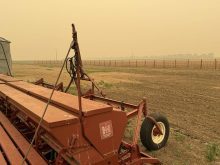Canadian officials quiet on the issue, but USDA calls China’s one percent requirement a major impediment to canola trade
While Canada’s canola trade with China has improved, it is not business as usual, according to the U.S. Department of Agriculture.
The canola industry breathed a collective sigh of relief in May when China reinstated access to its market for Viterra and Richardson International.
However, sales are a far cry from the glory days because while the import ban has been lifted, another major impediment lingers.
“China still has a restrictive one percent dockage requirement in place on Canadian canola imports,” the USDA said in its recent Canada Biofuels Annual report.
Read Also

Farmland advisory committee created in Saskatchewan
The Saskatchewan government has created the Farm Land Ownership Advisory Committee to address farmer concerns and gain feedback about the issues.
That restriction is going to keep sales from returning to the days when exporters were shipping nearly five million tonnes per year to the country.
“The likelihood is high that Canadian companies will only export to China as a last resort, or if China pays cash up front (including a risk premium and premium to cover the cost of reducing dockage to levels unheard of in any other market),” said the USDA.
The Canola Council of Canada and Richardson International were contacted for this story and either did not respond or had little to say on the matter.
The USDA report noted that Canadian canola sales opportunities have “expanded immensely,” both domestically and abroad, since China suspended exports from the two grain companies.
“Even if China is willing to pay a premium, it still must compete with buyers with much lower risk profiles that have never reneged or defaulted on a contract, as well as growing domestic demand,” said the USDA.
The dockage issue dates to Nov. 15, 2009, when China imposed an emergency quarantine on imports after shipments of Canadian and Australian canola tested positive for blackleg disease.
In 2010, China reopened trade with Canada with the stipulation that deliveries were restricted to a handful of crush plants located outside of Chinese rapeseed-growing regions.
China further relaxed restrictions in 2012 after Canadian researchers were able to show that seeds from the most infected blackleg fields carried a remote 0.2 percent chance of carrying the infection.
Canadian officials also noted that canola was transported directly from boats to processing plants and there was little chance for mingling with Chinese crops along the way.
But Chinese concerns resurfaced in 2016, this time surrounding canola dockage, which they felt had higher odds of carrying the disease.
The country threatened to impose a one percent dockage requirement, well below the Canadian Grain Commission’s standard of 2.5 percent.
Canadian canola industry officials were eventually able to convince Chinese officials that the proposed change would halt trade.
“I told them that there was no way that Canada could, on a consistent basis, deliver at one percent dockage or less,” former Canola Council of Canada president Patti Miller said in a 2016 interview with The Western Producer.
However, it took a trade mission later that year involving Canadian Prime Minister Justin Trudeau to get the Chinese to agree in writing to a four-year memorandum of understanding (MOU) regarding the issue.
China agreed to delay implementation of the proposed one percent dockage policy for four years while the two sides conducted research on the threat that dockage poses to China’s rapeseed crop.
Deliveries remained restricted to crushing plants in areas outside of Chinese rapeseed growing regions.
That MOU expired on March 31, 2020, during the canola dispute involving Richardson International and Viterra.
China immediately lowered the dockage limit on imported Canadian canola to one percent. That restriction remains in place today and is severely curtailing sales, according to the USDA.
China purchased 1.22 million tonnes of Canadian canola in 2021-22, down from 2.76 million tonnes the previous year, according to the Canadian Grain Commission.
Those volumes are well below the high of 4.87 million tonnes achieved in 2018, prior to China blacklisting Richardson and Viterra in March 2019.
















